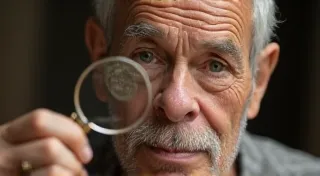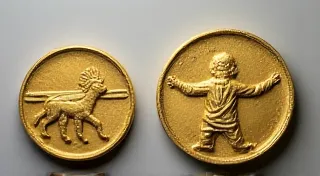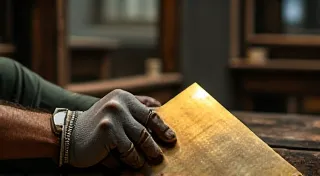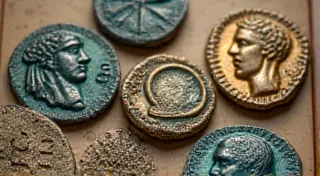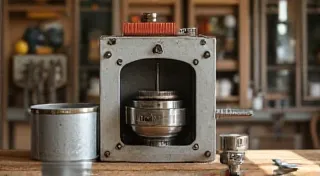Troubleshooting Common Casting Problems: Bubbles, Imperfections, and More
Creating accurate Roman coin replicas is a rewarding craft, but like any metal casting process, it's bound to have its challenges. Even experienced casters encounter issues. This article addresses some of the most common problems encountered when making Roman coin replicas, offering solutions and preventative measures to improve your results. We're focusing specifically on problems that affect the visual accuracy and overall quality of your replicas.
1. Bubbles: The Enemy of Detail
Bubbles are arguably the most frustrating casting problem. They mar the surface, obscure details, and ultimately detract from the realism of your Roman coin replica. There are several reasons why they might appear:
- Moisture in the Mold: Water vapor reacts with the molten metal, forming hydrogen gas – which becomes trapped as bubbles.
- Insufficient Degassing: Even small amounts of dissolved gases in the metal can cause bubbles.
- Pouring Too Quickly: Rapid pouring can trap air within the mold cavity.
- Mold Porosity: A porous mold can draw in air during the casting process.
Solutions & Prevention:
- Thoroughly Dry Your Mold: Bake your mold in a low-temperature oven (around 200°F / 93°C) for at least an hour before casting. This drives off any residual moisture. Allowing the mold to air dry overnight is even better.
- Degassing the Metal: Before pouring, allow the molten metal to sit undisturbed for a short period (30-60 seconds). This allows dissolved gases to rise to the surface. Some casters use a flux (like boric acid) to further assist with degassing.
- Controlled Pouring: Pour the molten metal slowly and steadily. A gentle stream reduces the chances of trapping air. Consider using a pouring spoon with a fine spout.
- Mold Material & Preparation: Use a high-quality mold material that minimizes porosity. Ensure the mold is properly compacted and free of air pockets during its creation.
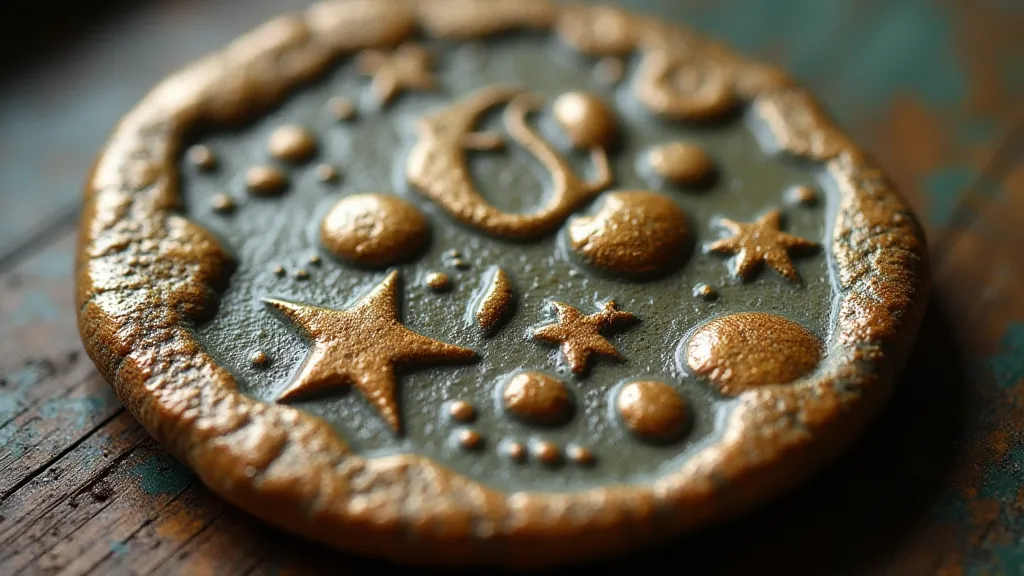
2. Imperfections: Sink Marks, Pits, and Pinholes
Beyond bubbles, other imperfections can compromise the appearance of your coin replicas. These include sink marks (depressions where the metal contracted during cooling), pits, and pinholes.
Causes:
- Uneven Cooling: If different parts of the coin replica cool at different rates, contraction will be uneven, leading to sink marks.
- Metal Temperature Too Low: Pouring metal that isn’t hot enough can result in incomplete filling of the mold and the formation of pits.
- Mold Temperature Too Low: A cold mold will rapidly cool the metal, increasing the likelihood of shrinkage and imperfections.
- Improper Alloy Composition: Certain alloy compositions are more prone to shrinkage.
Solutions & Prevention:
- Maintain Consistent Metal Temperature: Use a reliable furnace and monitor the metal temperature carefully.
- Preheat the Mold: Warming the mold before pouring helps to reduce temperature gradients and promotes even cooling.
- Adjust Alloy Composition: Research the alloy used for the original Roman coins and strive to replicate it as accurately as possible. Consider adding a small percentage of a metal like tin to reduce shrinkage.
- Optimize Pouring Technique: A slightly higher pouring temperature can improve metal flow and reduce the chances of incomplete filling. However, be very cautious about overheating the metal.
3. Rough Surface Texture
Sometimes, your coin replicas might have a generally rough surface, even if there are no obvious bubbles or sink marks. This can be caused by imperfections in the mold surface itself.
Causes:
- Mold Surface Imperfections: Scratches, bumps, or porosity on the mold surface will transfer to the metal surface.
- Insufficient Finishing of the Master Die: A poorly finished master die used to create the mold will inevitably produce flawed replicas.
- Casting Material Properties: Certain casting materials, even when properly prepared, can still create a slightly rough surface.
Solutions & Prevention:
- Invest in a High-Quality Master Die: The master die is the foundation of your replicas. It needs to be meticulously crafted and polished.
- Careful Mold Making: Pay close attention to the mold-making process. Ensure the mold material is properly mixed and applied, and that any air bubbles are removed.
- Surface Finishing Techniques: Consider using techniques like grinding, polishing, or sandblasting to improve the surface finish of your replicas. This is best done *after* the casting.
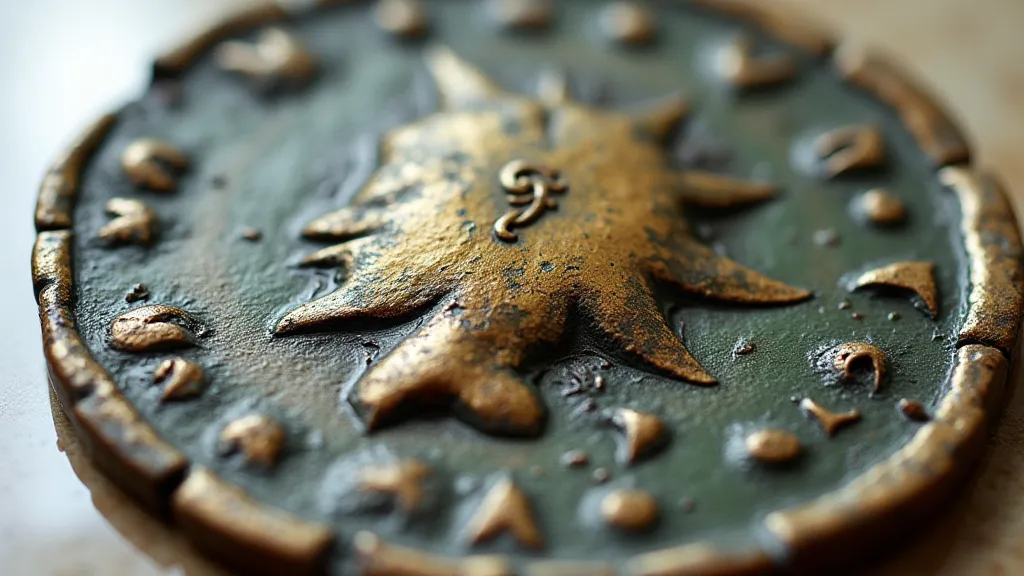
4. Distortion and Warping
In more severe cases, your coin replicas might exhibit distortion or warping. This is often due to uneven cooling or excessive stress during the casting process.
Solutions & Prevention:
- Controlled Cooling: Ensure the coin replica cools slowly and evenly. You can place it on an insulated surface or wrap it in a blanket.
- Sand Casting Techniques: Use a thicker pattern in your sand casting molds, which will help to provide more support during the casting process.

Casting Roman coin replicas is a process of learning and refinement. Don't be discouraged by initial setbacks. By understanding the common pitfalls and implementing preventative measures, you can significantly improve the quality and accuracy of your creations.
